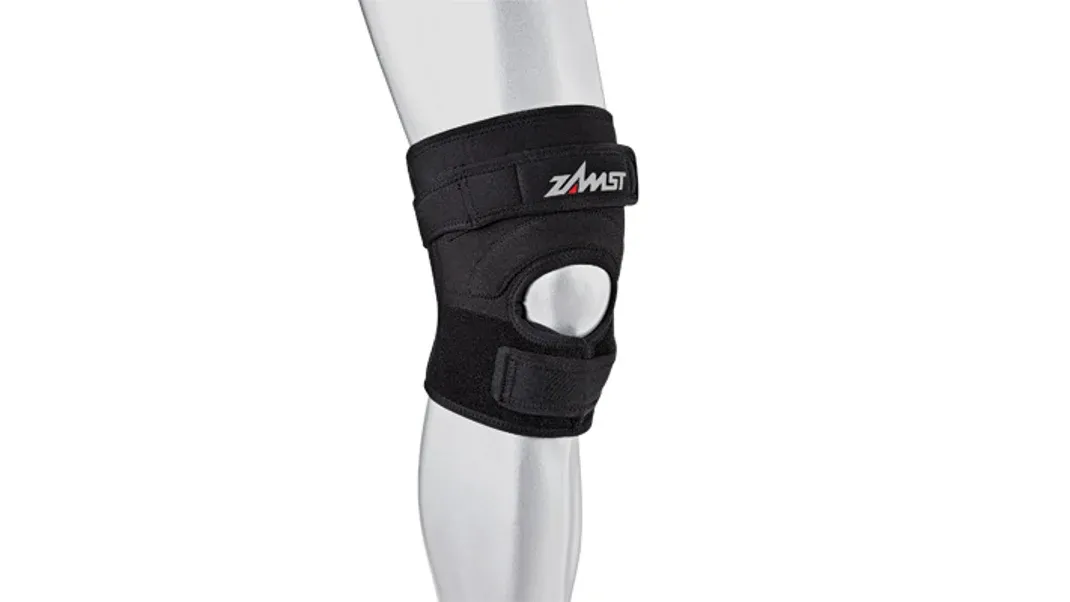FIRST AID SPLINTS
First aid splints are devices used to immobilize and support injured bones and soft tissues. They are commonly used to stabilize fractures, dislocations, and sprains until medical help is available. Splints can help prevent further damage and reduce pain and swelling. They come in various forms, including ready-made, improvised, and vacuum splints, and can be made from a variety of materials such as wood, metal, or plastic. It is important to apply splints correctly to avoid causing further harm to the injured person. First aid training often includes instruction on how to effectively apply and use splints in emergency situations.

A first aid splint is a crucial tool in the field of emergency medical care. It is used to immobilize and support a broken or injured limb, preventing further damage and reducing pain. Splints come in a variety of shapes and sizes, and they can be made from different materials such as wood, aluminum, or even cardboard. They are an essential part of any first aid kit, and knowing how to properly apply and use a splint can make a significant difference in the outcome of an injury.
Splints are used to stabilize broken bones, sprains, and dislocations. They are designed to keep the injured limb in a fixed position, preventing any movement that could worsen the injury. By immobilizing the limb, a splint can help reduce pain, prevent further damage to the surrounding tissues, and promote proper healing. In some cases, a splint can also be used to provide support and protection to a limb that is at risk of further injury, such as in the case of a suspected fracture or dislocation.
There are several different types of splints, each with its own unique features and benefits. The most common types of splints include rigid splints, soft splints, and inflatable splints. Rigid splints are made from hard materials such as wood or aluminum and are used to immobilize and support a broken or injured limb. Soft splints, on the other hand, are made from flexible materials such as foam or padded fabric and are used to provide support and protection to an injured limb. Inflatable splints are made from airtight materials and can be easily inflated to provide support and immobilization to an injured limb.
When it comes to applying a splint, it is important to assess the nature and severity of the injury before deciding on the type of splint to use. In some cases, a rigid splint may be necessary to fully immobilize a broken bone, while in other cases, a soft splint may be more suitable to provide support and protection to an injured limb. It is also important to consider the size and shape of the injured limb when choosing a splint, as well as the ease of application and the level of comfort it provides to the patient.
One of the key considerations when applying a splint is to ensure that it is properly positioned and secured. The splint should be placed in a way that immobilizes the injured limb without causing any further pain or discomfort to the patient. It should be snugly but not too tight, and it should be secured in place using bandages or tape. It is important to regularly check the splint to ensure that it remains in place and that it is not causing any additional discomfort to the patient.
In addition to immobilizing and supporting an injured limb, a splint can also help reduce pain and swelling. By keeping the injured limb in a fixed position, a splint can help alleviate pain and discomfort caused by movement. It can also help reduce swelling by preventing the injured limb from moving and further aggravating the injury. In some cases, a splint can also be used to apply pressure to the injured area, which can help reduce swelling and promote proper healing.
When using a splint, it is important to monitor the patient closely and seek medical attention as soon as possible. While a splint can help stabilize an injury and provide temporary relief, it is not a substitute for professional medical care. It is important to seek medical attention to properly assess and treat the injury, as well as to ensure that the injury is properly immobilized and supported.
In conclusion, first aid splints are a crucial tool in the field of emergency medical care. They are used to immobilize and support broken or injured limbs, preventing further damage and reducing pain. Splints come in a variety of shapes and sizes, and they can be made from different materials. They are an essential part of any first aid kit, and knowing how to properly apply and use a splint can make a significant difference in the outcome of an injury. By immobilizing and supporting an injured limb, a splint can help reduce pain, prevent further damage, and promote proper healing. It is important to carefully assess the nature and severity of the injury before deciding on the type of splint to use, and to seek medical attention as soon as possible.



